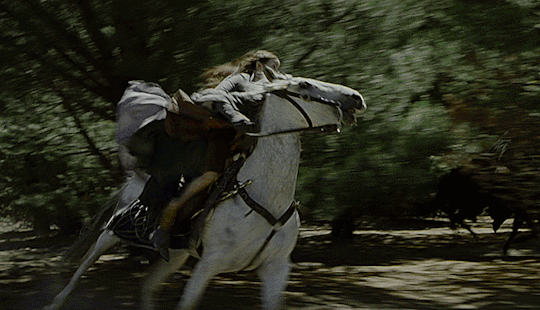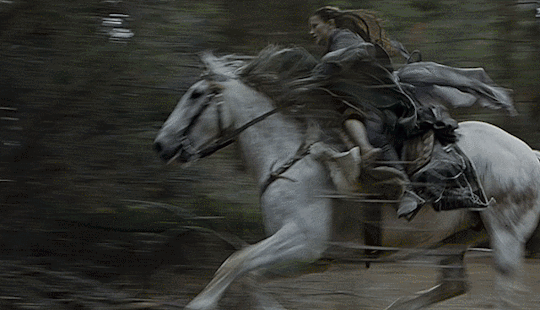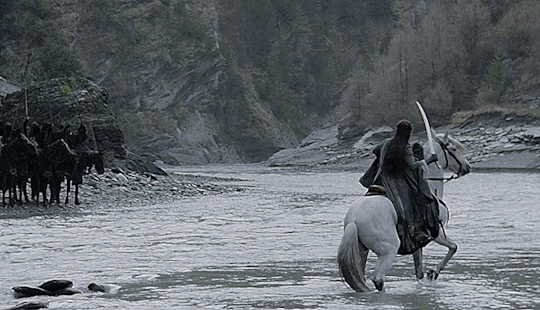hi, i’m matthew. i love stories. christian. theology. writing. articles. cs lewis & jrr tolkien enthusiast.
Don't wanna be here? Send us removal request.
Photo




lit meme > six minor characters [1/6] || lord of the rings
gandalf was shorter in stature than the other two; but his long white hair, his sweeping silver beard, and his broad shoulders, made him look like some wise king of ancient legend. in his aged face under great snowy brows his eyes were set like coals that could suddenly burst into fire.
2K notes
·
View notes
Text
Christianity is not the removal of suffering, but the addition of grace to endure suffering triumphantly.
Thomas Watson
1K notes
·
View notes
Photo
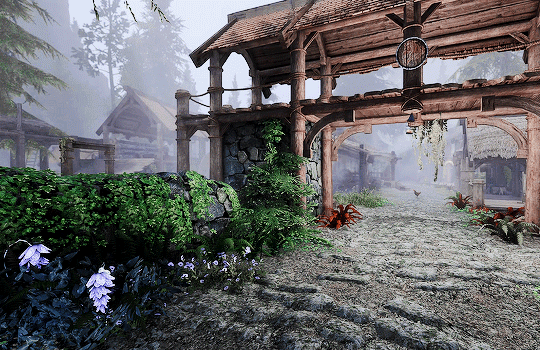

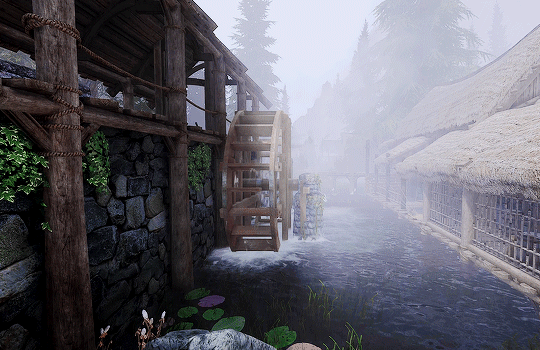
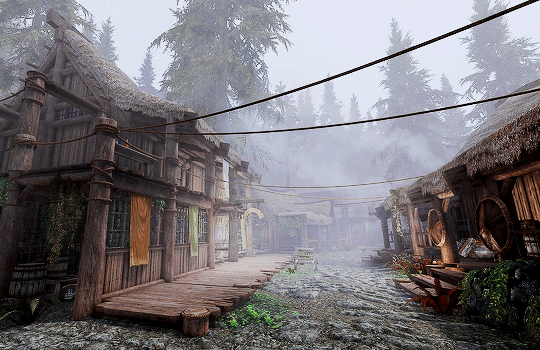
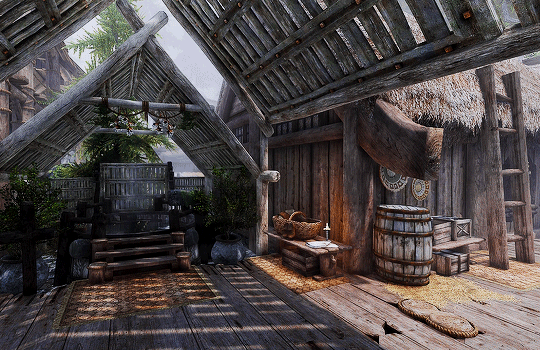
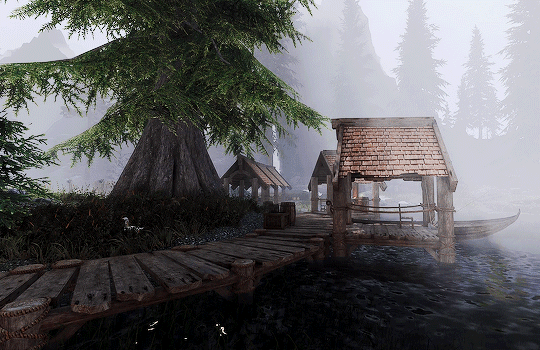
SKYRIM AS VOTED BY MY FOLLOWERS Favorite Village ↬ Riverwood (59.7%)
4K notes
·
View notes
Text
The Real Demogorgon: Stranger Things and Childhood Trauma
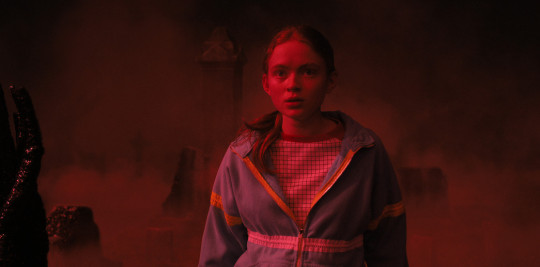
It would be a mistake to say that the Netflix hit Stranger Things is simply another acclaimed hit of the horror genre. Though it exhibits some of the classic tropes popularised by the likes of terror titans Steven Spielberg and John Carpenter such comparisons always undersell the essence of what’s truly strange in Stranger Things. The real monster of the show isn’t really the haunting Demogorgon or the all-seeing Mind Flayer, but the trauma that our child heroes experience across the full span of the show’s four seasons.
Childhood trauma really does lie at the heart of season four and is best exemplified in the character of Max Mayfield (Sadie Sink), who continues to bear the psychological wounds of both her brother Billy’s death and her mother’s alcoholism. It is for that reason that the first episode immediately follows Max along the bustling school corridor. The scene is visually and aurally distinct. As her classmates live out their quiet child-like innocence through laughter and normality, Max is detached. Head buried, eyes to the ground, with Kate Bush’s song Running Up That Hill drowning out the noise. The residents of the fictional town of Hawkins, a tortured environment, are completely unaware of Max’s inner torture. Meanwhile, the school counsellor, Ms Kelley, awaits. Max’s final words to her, “I am being open”, clearly juxtapose with her very obvious resistance to those around her – especially her friends Lucas and Dustin.
Undoubtedly, the early portrayal of childhood trauma will be identifiable to many of the show’s large audience. Few authors and show writers are as informed on trauma as the Duffer brothers – the series’ producers. According to the brothers, two of the many inspirations of season four were horror royalties Stephen King and Wes Craven. King is responsible for the acclaimed hit IT, which also follows the stories of a number of children forever changed by the trauma inflicted on them by the supernatural clown entity known as Pennywise. Craven was the inventor of the unpleasant Freddy Krueger and his nightmarish dream world. The academic Roger Luckhurst has written that childhood trauma in King’s and Craven’s stories tends to feed into adulthood, which manifests in uncontrollable anger, resentment and mental illness.
It is easy to see the clear parallels between the traumatised Max in Stranger Things and King and Craven’s characters. Yet it’s the thoughtfulness of the Duffer brothers in their portrayal of childhood trauma that not only distinguishes the show from others, but also reveals that the prison of trauma can be escaped. While other show runners maddeningly portray their characters with extreme trauma instantly recovering as soon as they’re helped, Stranger Things realistically captures the painful and long road of recovery. As Gabor Mate writes, “the attempt to escape from our pain is what creates more pain.”
Toxic escapism is one of Max’s coping mechanisms in season four. In shielding herself from her grief and guilt over Billy’s death, she sadly pushes her friends away and refuses help from Ms Kelley. All of this culminates at Billy’s grave in episode four, where this season’s chief antagonist, Vecna, waits for her. In typical Stranger Things fashion, the showrunners pay homage to many of the cultural hallmarks of the late eighties. Vecna’s name is derived from a creature in D&D, which interestingly caused uproar for its assumed supernatural shadowiness across the US. There are moments like these in the show that, though terribly dark, are heavy reminders that we are viewers experiencing the trials of Hawkins through a child’s eyes. Though Vecna threatens Max’s life and the lives of her friends, the inference that he is characterised as a D&D character is a reminder that our heroes aren’t armour-clad warriors, but innocent children trying to make sense of pure horror. Trauma as a child is viewed with childlikeness. There is only so much that a child can make sense of, especially when painful ordeals are experienced.
Vecna is drawn to Max because of her pain. Other characters across the season – Chrissy Cunningham, Fred Benson and Patrick McKinney – are also prey because of their trauma, too. In a horrifying scene in episode four, Vecna manifests as the deceased Billy to extend Max’s guilt to breaking-point. Vecna claims that Max was “relieved to see your brother die.” The show hints that Max’s guilt is such that she wishes her place with Billy had been exchanged; that she had died and Billy had lived. This sentiment accompanies the lyric from Bush’s song, “I’d get Him (God) to swap our places”, and provides a whole new dimension to what victims of trauma feel. As Billy becomes the grotesque Vecna, darkness descends. Max’s worst fears are realised, which sees her running through a red-tinted plane of the Upside Down – a place familiar to viewers of the show. Vecna finds Max and overcomes her with a wave of tentacles. Unable to break free from her subjugation, Max experiences the frightening feeling of suffocation. Those who experience trauma as children often refer to moments of severe shortness of breath, as the world feels as though it’s collapsing on them.
Across the red expanse of the Upside Down, however, is a portal that opens and reveals her friends – Dustin, Lucas and Steve - seeking to bring Max back. In harmony with their screams bidding her to return to them is again the 1985 hit Running Up That Hill. Though friendship is really at the heart of Stranger Things, the show is clear that (to some degree) Max’s battle with Vecna must be carried out by herself; that there are some demons that can only be conquered alone. The scene climaxes with Max breaking from her physical and mental prison, running across the expanse of Vecna’s realm. She finds herself back in Lucas’ arms before muttering the painful yet all too real words: “I’m still here.” Such a short statement will mean an incredible deal to those feeling the weight of trauma upon their shoulders.
If Max’s ordeal conveys anything it’s that the real monster isn’t Vecna, but the disturbing lurking beneath the surface of our own lives. Those are the things that creep, skulk and seek to master us. Sophie Gilbert writes that the darkness Stranger Things explains is always there, in this dimension and in others. I would add that the darkness of the show isn’t primarily epitomised in the monsters of the Upside Down, but in the experiences of the children that navigate that monstrous realm. The physical monsters are merely the intangible fears of these kids made literal. Yet while Vecna will undoubtedly meet his end in the final volume of season four, it’s not yet clear if our heroes will vanquish their personal burdens just as easily.
It truly is refreshing to see a show handle the difficult topic of childhood trauma so well. For all of its comedic timing, impressive CGI and eighties nostalgia, what really undercuts all of that is its insistence that trauma isn’t easily fixed. That recovery is not instant, but slow and difficult. Art like Stranger Things is necessary because it, as Stephen King writes, offer ways of communicating what can’t always be said outloud. Yet, as is always the case, there is no darkness that can ever truly defeat light. The monster behind Stranger Things, though more subtle than a Demogorgon, isn’t all-powerful. There is always, as is in Max’s case, a reason to continue ‘running up that hill’.
#stranger things#stranger things 4#max mayfield#netflix#netflix original#tv series#writing#writers#creative writing
5 notes
·
View notes
